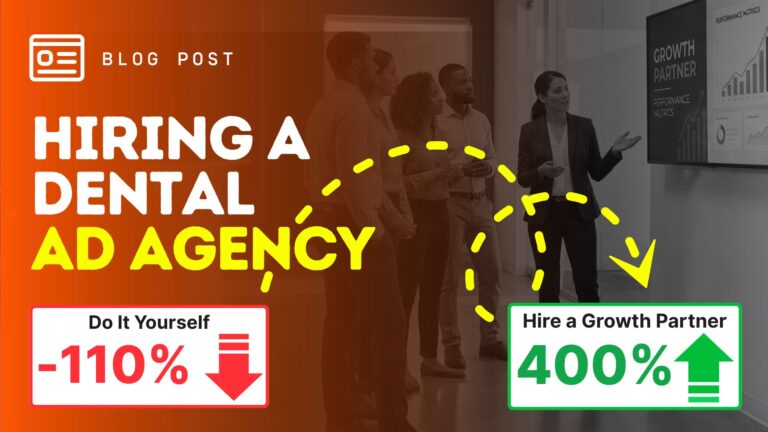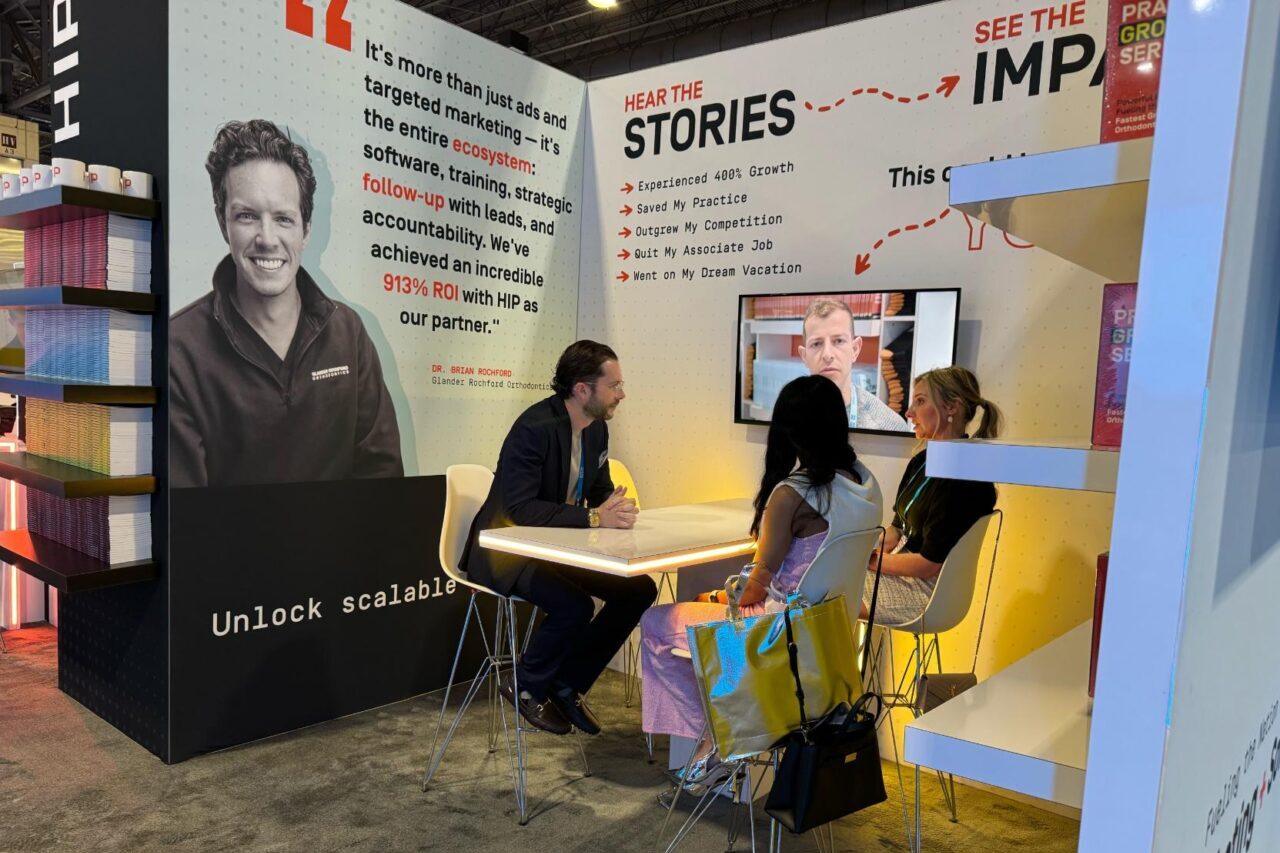Subscribe: RSS
Today’s episode of All Things Business for Physicians features David Staughton from Melbourne, Australia, a geologist-turned-hospitality-entrepreneur-turned-business-growth-expert who is now a consultant for private practice owners.
Tune into this episode to learn about:
- What makes or breaks the patient experience, and why practices often struggle with providing a good one.
- Why it’s so crucial to find and hire the right team, and the dangers of defaulting to “warm body recruitment.”
- How using technology can help improve the way staff engages with patients.
- David’s top 10 sources of patient dissatisfaction, and why so many doctors fail to properly address this feedback.
- The indications of pre-qualifying and pre-educating patients prior to giving them access to your business.
- How generational differences between older doctors and younger employees can impact and affect business culture.
- The best patient experience David has personally seen, and why creating a better experience for your patients helps you acquire better patients.
- How to identify (and what to do with) “onboard terrorists,” aka staff members who are hurting your business.
- The best advice David’s ever got for customer service, the best advice he can give, and the personal habits he attributes to his personal and professional success.
To summarize our talking points:
- David rightly notes, “Every business I’ve seen is a reflection of the mindset of the leader or boss.” But one of the problems he sees in a lot of general practices is that the doctor is too busy seeing patients to really have a hand in running the business, which tends to fall to the practice manager (whether it was mindfully delegated or not). For some practices, this can explain why the patient experience isn’t as good as it can be.
- To this end, simply hiring people isn’t enough. For private practice owners, it’s worth developing and implementing a recruitment process with specific procedures in place to help train, meet with, and goal-set with the team regularly in order to help everyone get to “peak performance,” which stands to benefit both staff and clients.
- Improving experience for the patient often starts with identifying what the patient sees as unsatisfactory. Among the top patient dissatisfactions noted in various surveys, David points out (often easy-to-fix issues) such as a failure to respond to initial inquiries, long wait times, and treatment providers running late to appointments.
- Better experiences are also more streamlined ones: David points out the benefits of implementing “efficient and friendly” barriers to access by ensuring patients are pre-qualified and educated beforehand so that when and if they do come in the door, they’ll be less likely to waste their own time as well as the staff’s time. “Poor patient selection is probably going to cause you a lot of mental grief.”
- Though he acknowledges how staff training is important for improving the patient experience, David points out that in many cases, staff education doesn’t necessarily translate into staff action. Why? One reason: three-day conferences and one-day workshops aren’t necessarily designed to inspire staff members to make a daily change. One solution he offers is to ensure follow-through and follow-up after such courses. “Training without the testing (& treats) is not worth the training”
- Doctors are “fantastic” at medicine, David feels, but aren’t always so great at patient communication. This conflict can be particularly challenging for older doctors trying to adjust to and work in a millennial-driven workforce. Delegating to excellent staff members can help in this regard, but becoming more versed in the business side is almost always a wise choice for a doctor — though this may require making changes to behaviors, thought habits, and overall values (including the adoption of new communication tools including WhatsApp and Instagram).
- When asked to describe the best “VIP” patient experience from a doctor he’s ever seen, David highlights a few key actions (which he witnessed firsthand as a “mystery shopper” himself): personable interaction, reassuring words, thoroughness in both procedure and education, and an overall strong rapport-building with him as the patient. David notes the doctor was even able to explain the justification of pricing for his services, which he sees as an ability of a physician to “sell the value of why they’re different or better” and something other doctors tend to be perfunctory about.
- What’s the best advice David has ever received for improving customer service? “Pain is 19 times the motivation of pleasure,” so remove the “ouch factor” for both patients and staff.
Ultimately, David advises that “the patient experience is really really important, and the better you do it the easier your job will be.” The onus is on the staff and doctors to ensure their patients not only understand their instructions but also get the best possible experience out of their interaction with their business.
You can get in touch with David at bighat.com.au and davidstaughton.com.au.
Resources from the podcast:
- Redefining Health Care: Creating Value-Based Competition on Results by Michael E. Porter and Elizabeth Olmsted Teisberg.
- How to Win Friends and Influence People by Dale Carnegie.
- Books and ebooks from Greenbranch Publishing.
- Catherine Maley of cosmeticimagemarketing.com.
- David Moffet of theultimatepatientexperience.com and author of How To Build The Dental Practice Of Your Dreams: (Without Killing Yourself!) In Less Than 60 Days.
- Dr. Dayan – Thrive: The Power of Execution



